Modern construction has entered an era where sustainability, energy efficiency, and human well-being are central to architectural design. The demand for environmentally responsible materials has encouraged architects and developers to adopt new solutions that merge functionality with ecological awareness. Among these, Chinese FRP Daylighting Panels have emerged as a powerful alternative to traditional glazing and metal cladding systems, offering a unique combination of light diffusion, durability, and energy savings. Their integration into modern buildings represents a step forward in creating spaces that are both efficient and inspiring.
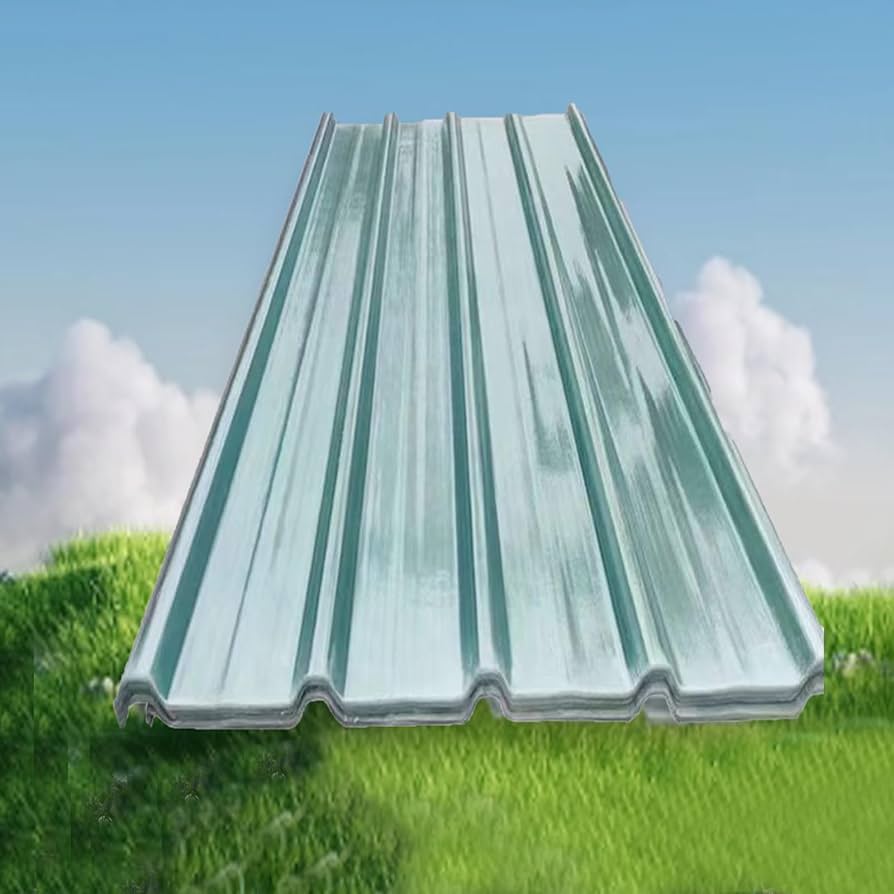
1. Revolutionizing the Way Buildings Use Light
Natural light has long been recognized as an essential component of architecture. It enhances visual comfort, boosts productivity, and connects indoor spaces with the natural environment. FRP daylighting panels optimize these benefits by allowing balanced light transmission while minimizing glare. Unlike traditional glass or polycarbonate systems, the composite structure of FRP evenly diffuses light, creating a soft and uniform illumination throughout interiors.
This technology not only reduces dependence on artificial lighting but also lowers overall electricity demand, leading to greener, more efficient buildings. In offices, schools, and public facilities, the gentle brightness created by daylighting panels promotes concentration and mood stability, contributing to a healthier indoor experience.
2. Energy Conservation and Sustainable Design
In the modern construction industry, sustainability is not an option—it is an obligation. FRP daylighting panels play a crucial role in meeting green building standards by reducing energy consumption related to lighting and temperature control. Their thermal insulation properties help maintain consistent indoor climates, reducing the need for air conditioning in warm weather and heating in colder conditions.
Because FRP panels limit heat transfer, they prevent unnecessary energy loss through roofs or walls. This directly contributes to lower operational costs and helps buildings comply with stricter energy efficiency regulations. As environmental awareness continues to grow, the use of materials like FRP demonstrates a commitment to responsible construction and long-term sustainability.
3. Durability and Resistance Against Harsh Environments
Durability is a defining feature of FRP daylighting panels. Manufactured from high-quality composite materials, these panels are resistant to corrosion, UV radiation, and chemical exposure. In regions with variable weather patterns—ranging from strong sunlight to heavy rainfall—FRP maintains its clarity and performance for extended periods.
Unlike metal sheets or glass, which may corrode or crack over time, FRP panels offer reliable long-term stability. Their low-maintenance nature makes them ideal for industrial facilities, transportation hubs, and commercial buildings where reliability and cost-effectiveness are essential. This durability also means fewer replacements, resulting in reduced waste and environmental impact over the lifespan of the building.
4. Lightweight Construction and Easy Installation
Another distinct advantage of FRP daylighting panels lies in their lightweight composition. Despite their strength, these panels are significantly lighter than traditional materials, making them easier to handle and install. This feature reduces labor intensity, transportation costs, and structural load on supporting frames.
Contractors appreciate the ease of customization and adaptability that FRP offers. Panels can be molded into various shapes and dimensions, fitting complex architectural designs with minimal effort. Whether used for skylights, curved roofs, or vertical façades, FRP's versatility enhances both design freedom and construction efficiency.
5. Aesthetic Versatility and Modern Appeal
Beyond their technical performance, FRP daylighting panels add significant aesthetic value to modern buildings. Available in multiple colors, finishes, and transparency levels, they allow architects to experiment with creative light effects and textures. A well-planned daylighting system not only improves energy efficiency but also transforms the visual character of a structure.
Buildings equipped with FRP panels often stand out for their luminous quality—walls and roofs that glow softly during the day, or capture the sun's reflection with elegance. In modern architectural design, such visual balance symbolizes harmony between innovation, nature, and human experience. Whether for large-scale industrial complexes or minimalist residential designs, FRP panels enable a sophisticated and futuristic look that supports both function and beauty.
6. Weather Adaptability and Climate Performance
As climate patterns grow increasingly unpredictable, materials that adapt to diverse conditions become vital. FRP daylighting panels maintain excellent performance in both hot and cold environments. Their dimensional stability ensures that they do not warp, deform, or discolor under prolonged exposure to sunlight or humidity.
This adaptability makes FRP panels an excellent choice for projects in coastal areas, deserts, or regions with high rainfall. By protecting interiors from moisture and temperature fluctuations, they extend the lifespan of surrounding materials and enhance the overall resilience of the building envelope.
7. Safety and Structural Reliability
Safety considerations are paramount in modern architecture, and FRP panels address this need effectively. The composite layers are engineered to resist impact and mechanical stress, reducing the risk of breakage. Even in the unlikely event of damage, FRP does not shatter into sharp fragments as glass does, ensuring a safer environment for occupants and maintenance workers.
Moreover, FRP panels exhibit high fire resistance levels compared to many conventional materials, further strengthening their suitability for public and commercial structures. These qualities make them a reliable choice for architects seeking to balance aesthetics with long-term safety standards.
8. Economic Benefits and Maintenance Efficiency
The cost-effectiveness of FRP daylighting panels extends beyond initial purchase price. Their long service life, low maintenance requirements, and energy-saving potential combine to deliver substantial financial advantages over time. Because the panels resist surface staining and degradation, cleaning is simple and infrequent. The reduced need for repairs or replacements makes FRP one of the most economical daylighting materials available today.
For developers and facility managers, these panels represent a sound investment—combining reduced operational costs with enhanced building performance. When evaluated over the life cycle of a project, FRP materials often outperform conventional options in both performance and return on investment.
9. Comparative Overview: Key Benefits of FRP Daylighting Panels
| Feature | Primary Benefit | Architectural Value |
|---|---|---|
| Balanced Light Diffusion | Reduces glare and improves visibility | Enhances comfort and productivity |
| Excellent Thermal Performance | Minimizes heat transfer and energy loss | Promotes sustainability and efficiency |
| Corrosion and UV Resistance | Ensures long-term clarity and protection | Ideal for outdoor or industrial use |
| Lightweight and Customizable | Simplifies installation and reduces cost | Enables flexible design integration |
| Aesthetic Versatility | Supports varied colors and styles | Elevates modern architectural appearance |
| Minimal Maintenance | Low cleaning frequency and durable surface | Extends lifespan and cost savings |
10. Supporting Green and Smart Architecture
Incorporating FRP daylighting panels aligns perfectly with the principles of green building design. They support the reduction of carbon emissions, optimize natural resources, and encourage healthier indoor environments. As cities evolve toward intelligent and eco-conscious infrastructure, FRP technology plays a crucial role in enabling sustainable urban growth.
Architects and planners increasingly view FRP not just as a material, but as a component of integrated building systems that promote energy balance and occupant well-being. The combination of innovation, durability, and visual appeal positions FRP as a material for the future of modern architecture.
11. Why ChuanyaBuilding Leads in FRP Innovation
ChuanyaBuilding is a trusted manufacturer dedicated to developing advanced FRP materials that redefine modern construction standards. With years of industry expertise and a commitment to sustainability, the company provides tailored daylighting solutions designed to meet the evolving needs of architects and builders worldwide. Each product is crafted through a rigorous quality process to ensure performance, reliability, and visual excellence.
By choosing ChuanyaBuilding, clients gain access to innovative materials that harmonize strength, efficiency, and design aesthetics. The company's product range supports diverse architectural applications, helping to create structures that reflect progress and environmental care.









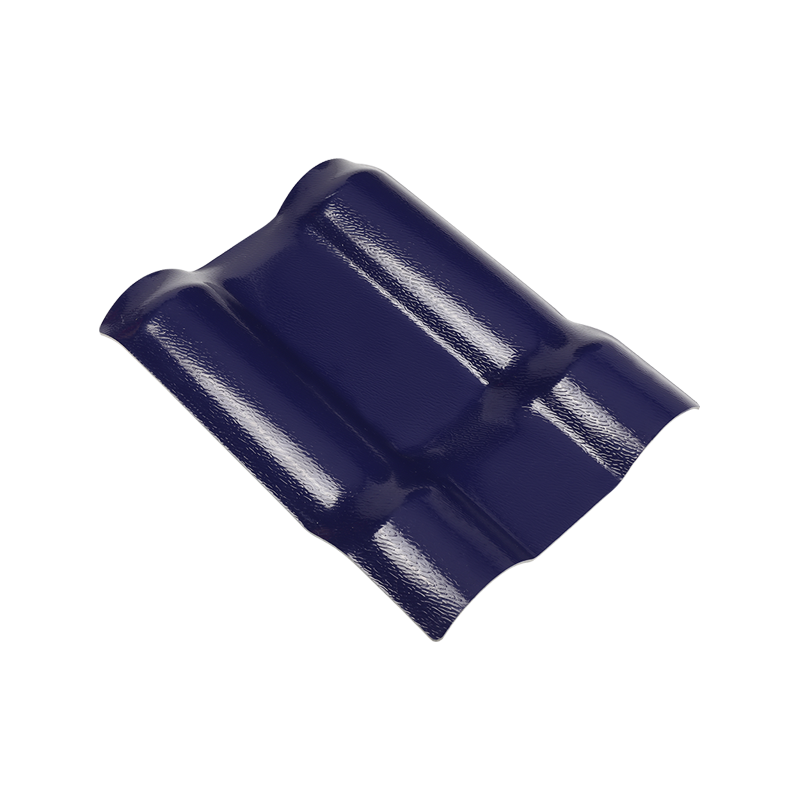
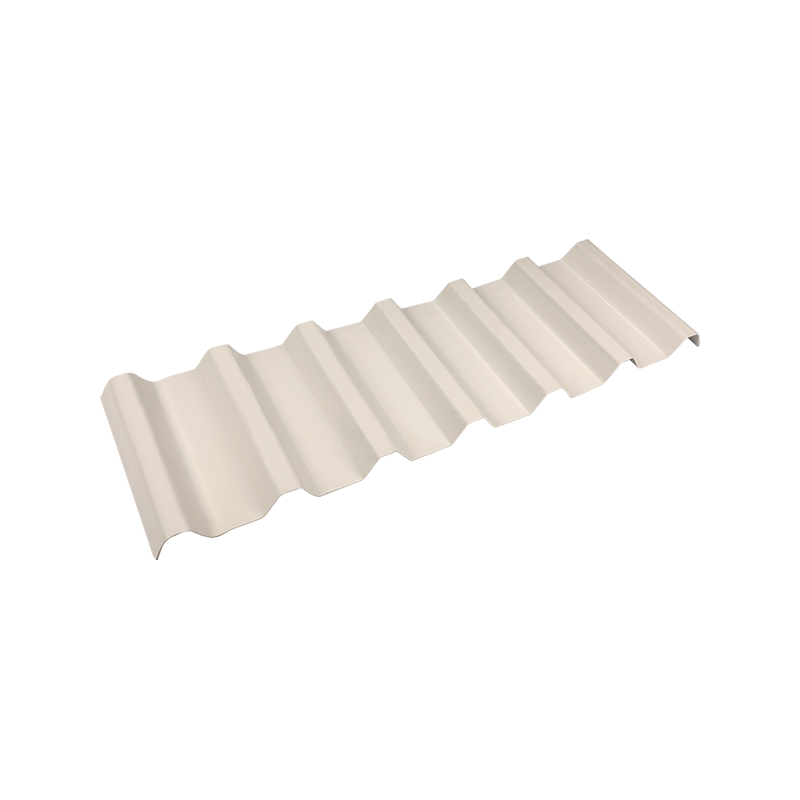
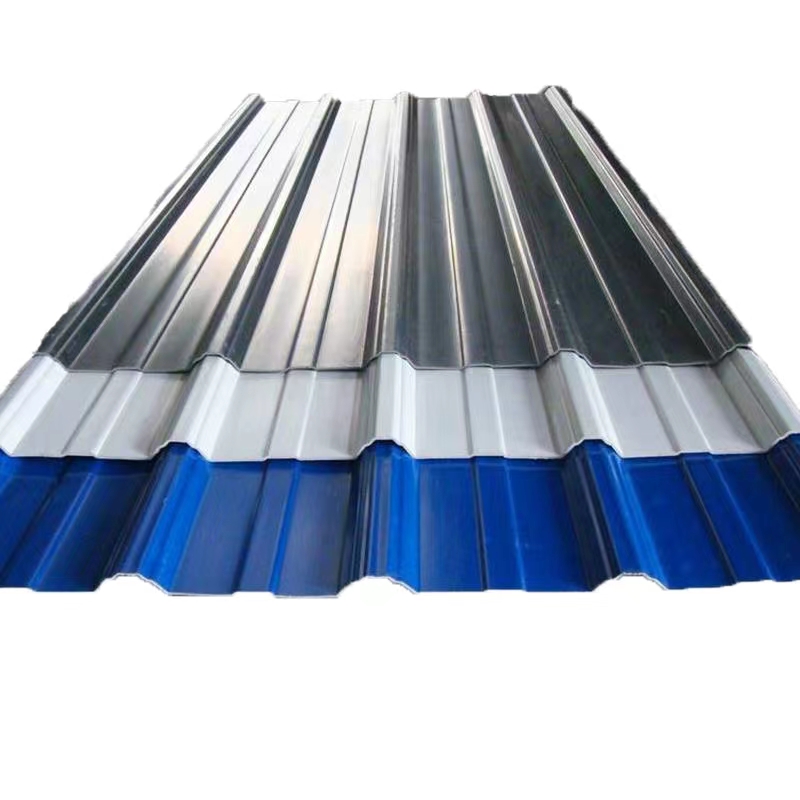
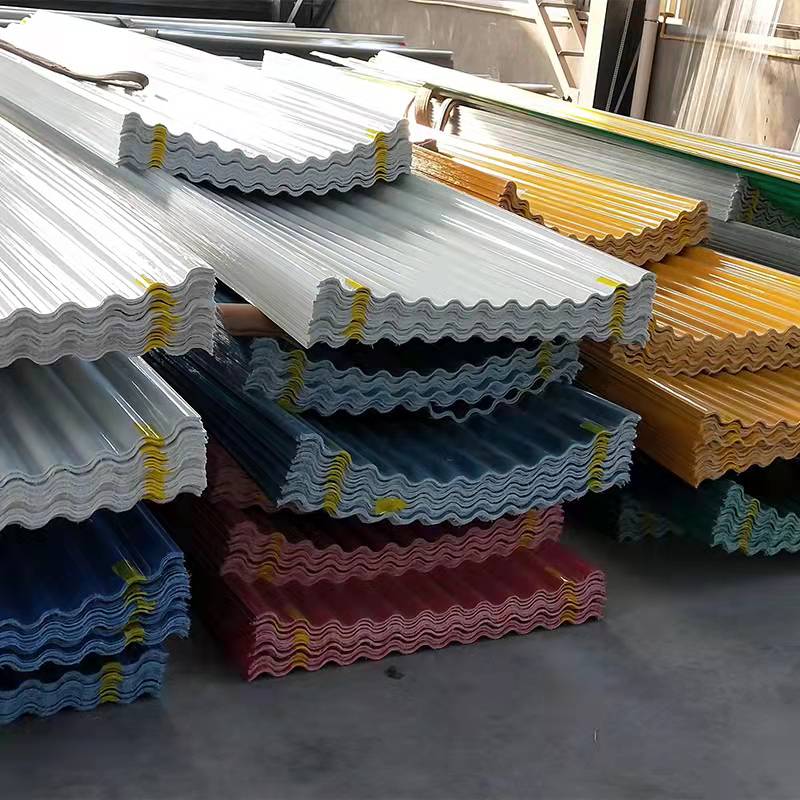
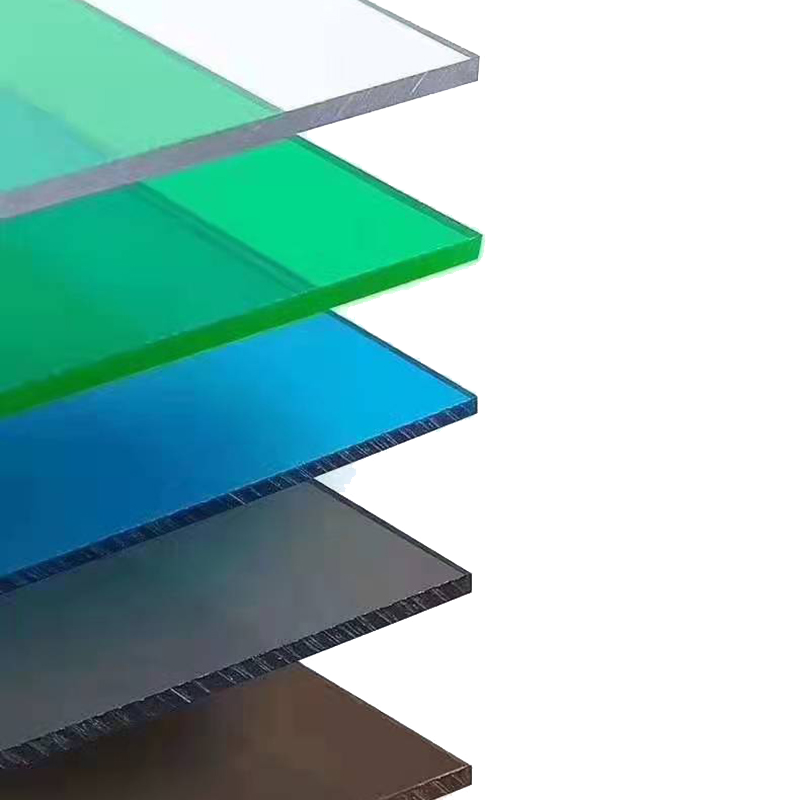
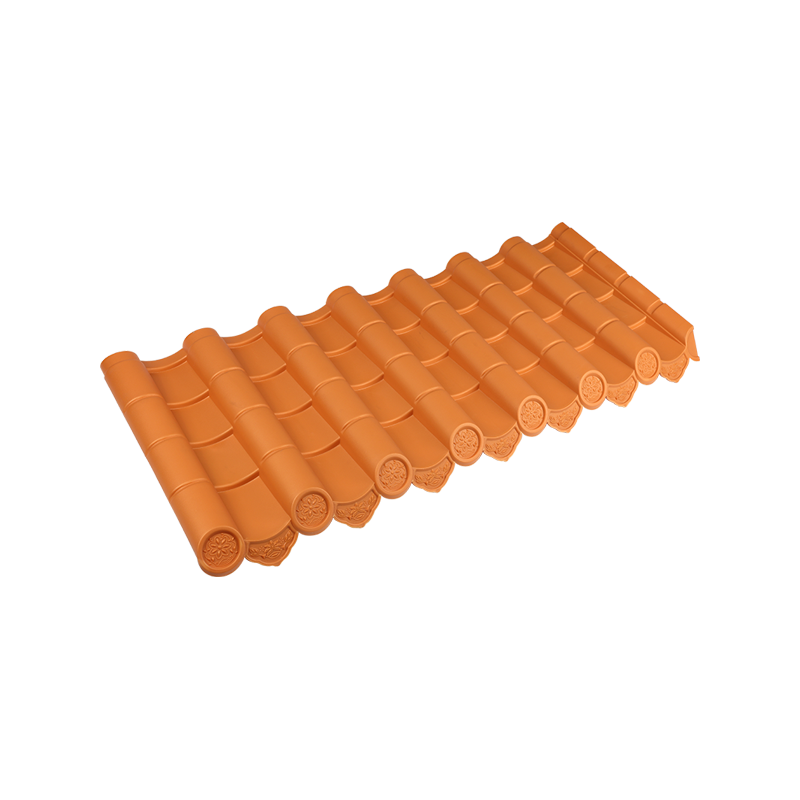
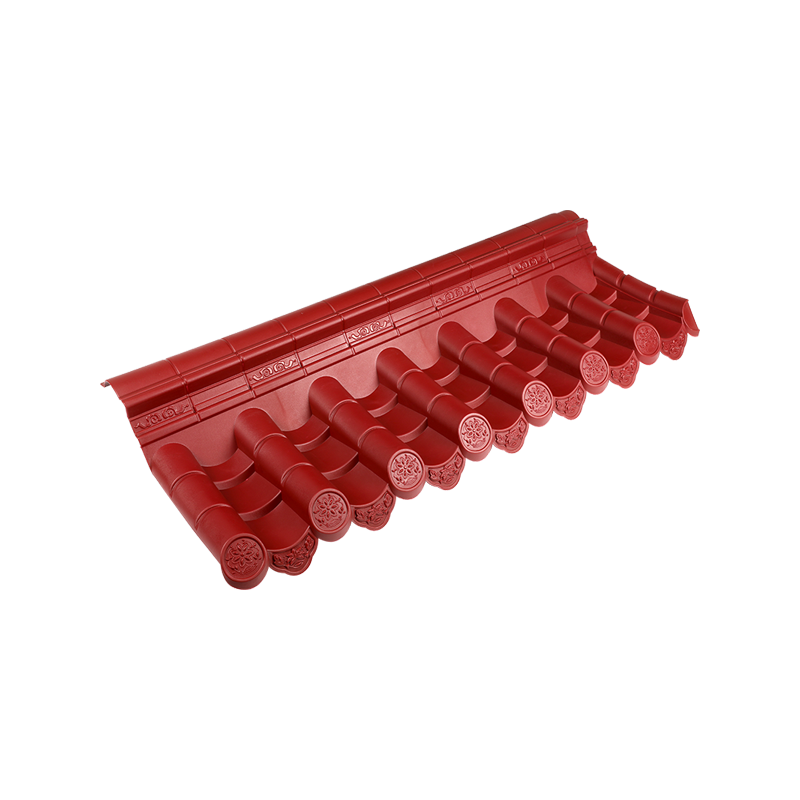


 Email:
Email: Phone:
Phone: Adress:
Adress: